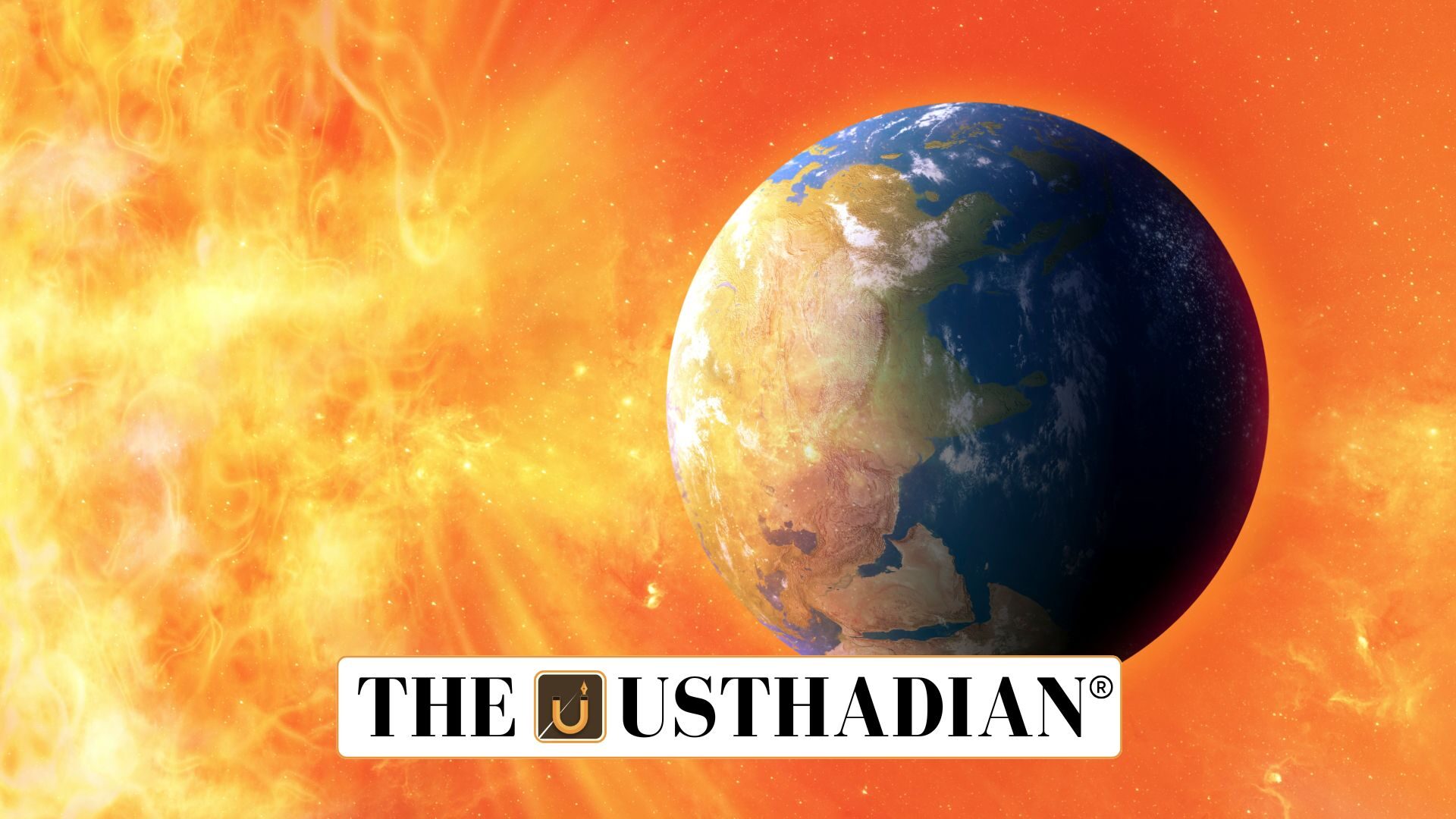Sudden heat absorbers from the Sun
Sun’s Heat Bombs and Their Impact on Earth: Astronomers in May 2024 observed rare northern lights over Ladakh, caused by powerful Coronal Mass Ejections (CMEs). These solar eruptions underwent a thermal flip—initially releasing heat, but then absorbing and holding it mid-journey through space.
This surprising behavior changes our understanding of solar-terrestrial interactions, especially during solar maximum periods.
What are Coronal Mass Ejections
CMEs are massive explosions of plasma and magnetic field from the Sun’s outer atmosphere, called the corona. They eject billions of tons of charged particles into space, often at speeds exceeding 3,000 km/s.
Static GK fact: The term “corona” means crown in Latin and is visible during total solar eclipses.
How CMEs travel to Earth
Some Earth-directed CMEs can reach our planet in as little as 15 to 18 hours, while slower ones take up to several days. They carry an embedded magnetic field, which can interact with Earth’s magnetosphere.
If this interaction is strong, it can compress the Earth’s magnetic field, leading to geomagnetic storms.
Geomagnetic storms and their risks
Geomagnetic storms are intense disturbances in Earth’s magnetosphere. These are triggered when the magnetic field in a CME clashes with Earth’s own field, particularly if the CME’s magnetic field is southward.
Static GK Tip: The strongest geomagnetic storm ever recorded is the Carrington Event of 1859, which disrupted global telegraph systems.
Modern consequences include:
- Satellite communication failures
- Navigation system errors
- Power grid collapses
- High radiation exposure for astronauts and high-altitude flights
Rare auroras in India
In May 2024, parts of northern India, especially Ladakh, witnessed auroras, which are typically seen in polar regions. This rare event was triggered by a strong geomagnetic storm from a CME.
The colorful lights are caused by charged particles from the Sun colliding with Earth’s atmospheric gases, releasing energy in the form of visible light.
Static GK fact: Auroras in the northern hemisphere are called Aurora Borealis, and in the southern hemisphere, Aurora Australis.
Predicting and preparing for CMEs
Organizations like NASA and NOAA’s Space Weather Prediction Center monitor solar activity to issue alerts for upcoming solar storms.
However, predicting the exact intensity and orientation of a CME remains a scientific challenge.
Efforts are underway to develop better models for:
- Forecasting CME impacts
- Protecting satellites and power infrastructure
Static Usthadian Current Affairs Table
Sun’s Heat Bombs and Their Impact on Earth:
| Topic | Detail |
| Full Form of CME | Coronal Mass Ejection |
| Origin of CMEs | Sun’s outer corona |
| Mass ejected | Billions of tons of plasma |
| Arrival time to Earth | 15–18 hours (fast), several days (slow) |
| Visible impact | Auroras (Northern and Southern Lights) |
| Discovered during | May 2024 (Ladakh aurora event) |
| Most affected tech | Satellites, GPS, Power grids |
| Strongest historic event | Carrington Event (1859) |
| Monitored by | NASA, NOAA SWPC |
| Aurora names | Borealis (North), Australis (South) |








